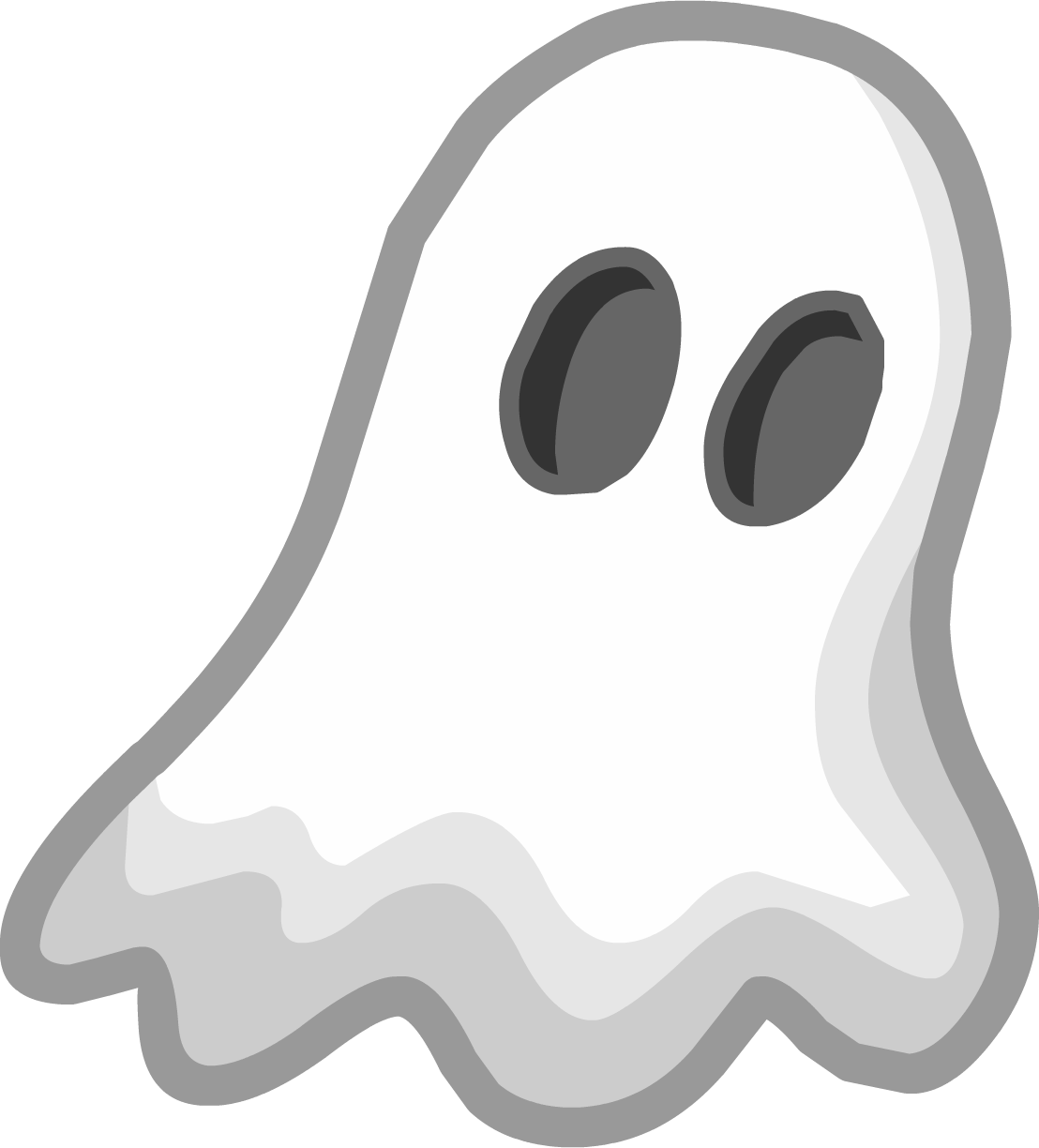
For example, syrup may adhere to your sample holder. The light needs to interact with every sample from the same angle and direction for consistency.Īnother challenge lies in the consistency of certain translucent foods. Translucence can vary based on background and lighting, so it's crucial to measure these foods with a fixed white background and a predetermined light path. Of the three color classifications, translucent foods are the most challenging to quantify. When you have the right tools, you can gauge color variables from any food and deliver accurate readings for quality assurance. To avoid these challenges, it's vital to use non-contact spectrophotometric instrumentation that employs the best color measurement techniques available. The coatings and shells that form during these processes create a nonuniform consistency and are often too fragile to accurately measure without affecting the integrity of the product - and consumer perception as a result. This technology observes light reflectance from various angles and provides a more uniform color reading of samples with opaque color classification properties.Ĭertain cooking methods, such as baking and frying, can present a challenge in measuring food opacity. Color measurement of these foods is based completely on light reflectance values. Opaque samples are often highly textured and non-uniform and require color sample averages to obtain accurate readings. Examples include liquids like soda, oil, alcohol, and clear drinks.

Because even the same foods can vary greatly in quality and consistency, the United States Food and Drug Administration (FDA) has developed a list to classify all foods based on how well they capture light. These foods vary from liquids to solids as well as texture and uniformity. Spectrophotometric analyses of opaque food samples rely solely on reflectance light value to quantify color. Since various foods respond differently to these numerous elements, a color classification system has been developed to help food manufacturers make the best decisions in color measurement instrumentation based on food appearances and consistencies.Ĭolor classification is based on how light reacts to a food product.

Since various foods respond differently to these numerous elements, a color classification system has been developed to help food manufacturers make the best decisions in color measurement instrumentation based on food appearances and consistencies. True color is often misrepresented by a variety of factors such as human color perception differences, variations in lighting conditions, and the angle of observation. Image Source: Flickr user Pen WaggenerĬolor measurement is a common practice in the food industry and provides a consistent and quantitative analysis of color.

Developing a color classification system ensures that the right methods and instrumentation are used to generate the most accurate color data. Foods vary in color, texture, and consistency.


 0 kommentar(er)
0 kommentar(er)
